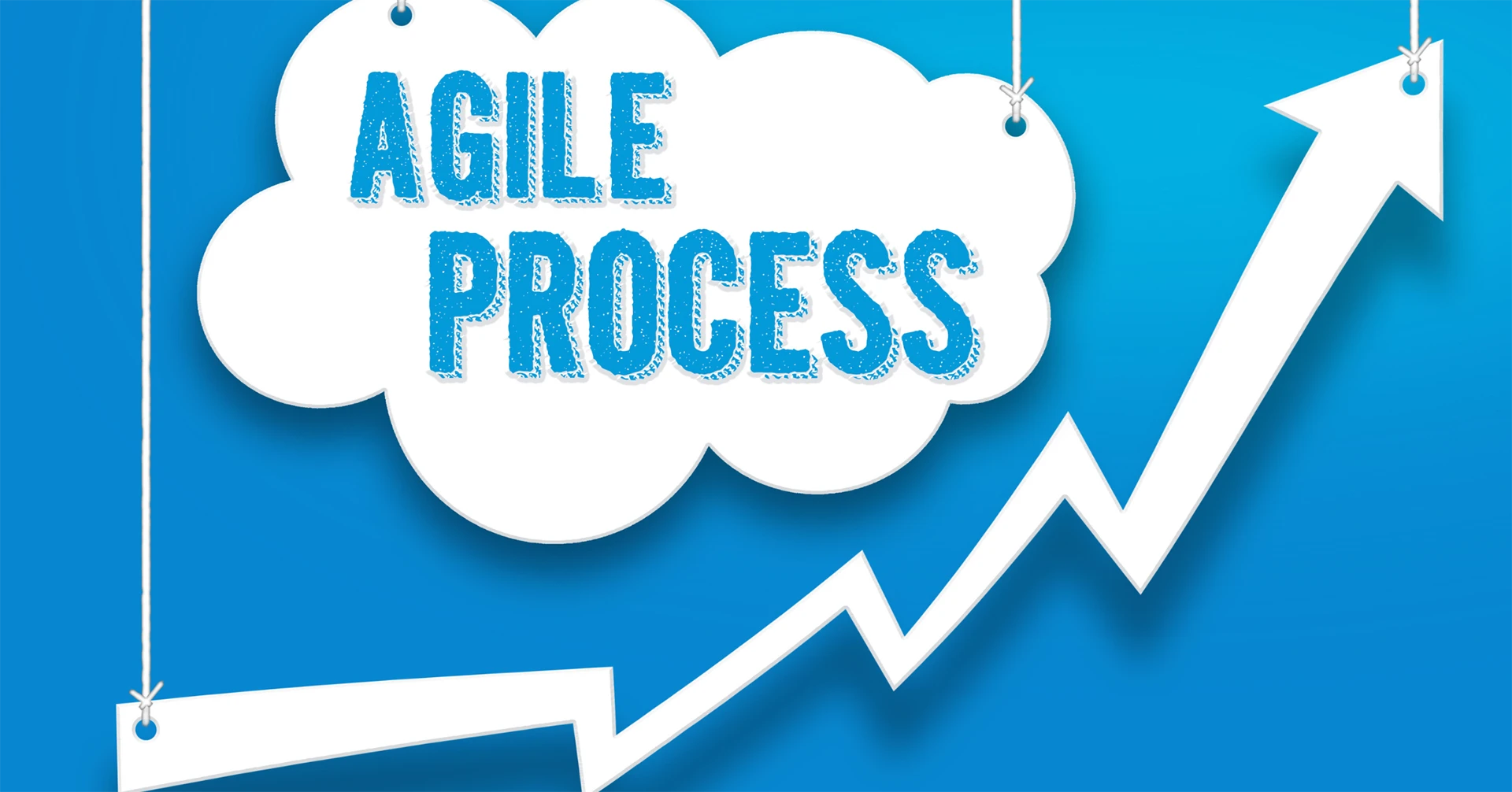
In the fast-paced and ever-changing world of business, companies must be agile to stay competitive. In this blog, we will discuss the key advantages of having an agile workforce and how it can enable companies to remain competitive in the modern business landscape.
An agile workforce is a team of employees who can quickly adapt to change, collaborate effectively, and continuously improve their processes. They work flexibly, responsively, and iteratively, using agile methodologies, design thinking, and lean management techniques.
Agile teams are cross-functional, bringing together individuals with different skills and expertise to achieve a common goal. They are self-organizing, deciding how they work, effectively managing their workloads, and collaborating. Agile teams are also customer-centric, prioritizing delivering value to their customers over following strict processes or timelines.
Increased Flexibility and Adaptability
One of the key benefits of an agile workforce is increased flexibility and adaptability. In today’s dynamic business world, companies must quickly adapt to changing market conditions, customer needs, and new technologies. An agile workforce can quickly pivot and adjust to these changes, ensuring the company remains competitive and relevant.
Agile teams work in short iterations, allowing them to test and learn from their work quickly. They continuously use customer, stakeholder, and team feedback to improve their processes and products. This iterative approach means they can quickly adjust their course if they discover they are heading in the wrong direction.

Improved Collaboration and Communication
An agile workforce promotes collaboration and communication among team members. Cross-functional teams bring together individuals with different skills and expertise, allowing for diverse perspectives and ideas. Agile teams also work closely and can easily communicate and collaborate.
Agile teams use visual management tools such as Kanban and Scrum boards to keep everyone on the same page. They have regular stand-up meetings, where team members update each other on their progress and discuss any blockers. This level of collaboration and communication ensures that everyone is aligned towards the same goals and can work together effectively.
Increased Innovation and Creativity
An agile workforce facilitates innovation and creativity among team members. Agile teams are encouraged to experiment and try new ideas, knowing they can quickly pivot if they discover something isn’t working. This approach creates a culture of experimentation and learning, empowering team members to take risks and think outside the box.
Agile teams also use design thinking techniques to solve the right problem correctly. They focus on understanding their customers’ needs and pain points and use this information to develop innovative solutions that meet their needs.

Faster Time-to-Market
An agile workforce can help companies bring products and services to market faster. Agile teams work in short iterations, meaning they can quickly develop and test new features. They use feedback from customers and stakeholders to ensure that they are building something that meets their needs.
Agile teams also prioritize delivering value to their customers over following strict processes or timelines, which means they can release features or products as soon as they are ready rather than waiting for everything to be perfect. This approach can help companies gain a competitive advantage by being the first to market with a new product or feature.
Improved Employee Engagement and Satisfaction
An agile workforce can improve employee engagement and satisfaction. Agile teams are self-organizing: team members have more autonomy and control over their work. They can manage their workloads and decide how they want to approach tasks, leading to increased job satisfaction and motivation.
Agile teams also work in a collaborative and supportive environment. They have regular check-ins and feedback sessions where team members can share their thoughts and concerns. Open and transparent communication can help build trust and create a sense of camaraderie among team members.
In addition, agile teams prioritize continuous improvement; they are always looking for ways to improve their processes and deliver better results. This focus on growth and development can help employees feel more engaged and invested in their work.

Businesses must recognize the significance of an agile workforce in today’s dynamic business environment. Embracing the principles of experimentation, collaboration, and customer value will enable companies to cultivate an agile workforce that can thrive in an atmosphere of constant change. To stay competitive and relevant, companies must prioritize building an agile workforce that can adapt, innovate, and deliver results.
Contact ALIGN Executive Search today to discover how we can help you identify and recruit top talent for building an agile workforce that drives your business success. Take advantage of the opportunity to stay ahead of the competition – act now!
©2021-2022 ALIGN / All Rights Reserved | Y5 Creative